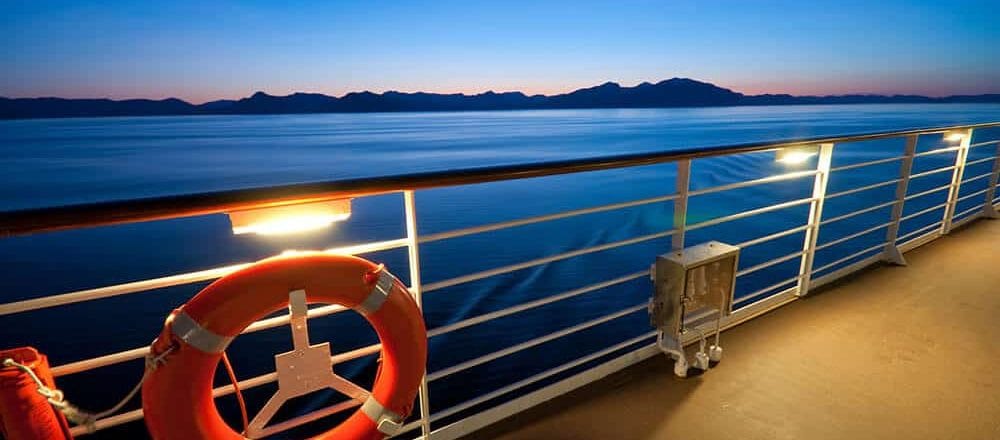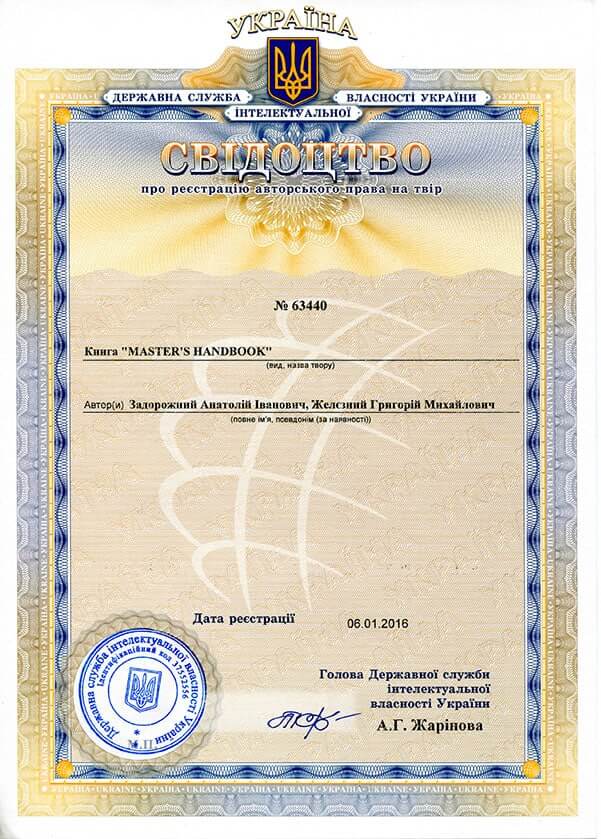MASTER’S HANDBOOK. Practical guide
In the book MASTER’S HANDBOOK. Practical guide.
Methods of development of the plan of transition are reflected. Main pointing methods on an earth’s surface are shown. Necessary data on geographical coordinate system and the navigation devices, most often used in offshore navigation are fetched.
Navigational charts and benefits for floating, and also methods of fulfillment of their proof-reading, system MAMS are described. Short data on methods of a fix of a vessel depending on usage of this or that navigation device are located.
Methods of carrying out of maneuverable operations in port waters are shown. The anchoring and measure methods which are conducted by navigators, In case of ship drift origin are described. Advisories on action of navigators in various conditions of floating are made. Methods of fulfillment of anchor and mooring operations are shown.
The attention of watch service to observance of requirements on safe carrying out of cargo operations and correct action at origin of a roll of a vessel, storm approach etc. is paid, and also advisories on a management of ship are made at floating in difficult conditions.
Questions of carrying out of salvage operations are considered. The Global Maritime Satellite System for distress and for safety is described. The special attention is converted on availability of crew for emergency conditions.
The device of various types of ocean vessels is shown. Necessaiy requirements of the Register and International conventions on observance of an intact stability and strength of a vessel both on transition by sea are fetched, and at parking in a port. Marine chartering questions are considered.
Differences between existing forms of sea carriage contracts are shown. The attention of captains is converted on correctness and a correctness of signing of Bill of Ladings and other cargo bills and to fulfillment of voyage instructions of charterers.
It is described carrying out of cargo operations at a jetty, at a mono-buoy and a supply vessel. The main data on properties of goods, their accommodation, lying are fetched the attention is etc. directed to safe working conditions.
The rights and obligations of the captain and other crew members are rendered concrete, relationships between the ship Master and crew members, the permission of Labour disputes and relationship with fTF, contraband and drug usage cases on vessels, casualties with people, and also questions of protection of a vessel and to methods of scrambling with a piracy are considered.
Pays attention of the captain and navigators to any carrying out different inspections in ports. The attention is directed to the Parisian and Tokyo memorandums and procedures of their carrying out Inspections of vessels by world leading companies are considered also.
As the practical benefit for captains, navigators and mechanics of transport fleet and cadets specialties of marine educational institutions.





CrewingCenter (store manager) –
CrewingCenter рекомендует Captain Book
Если вы еще не знакомы с серией книг от Captain Book, рекомендуем Вам ознакомиться, поскольку самообразование – это действующий инструмент, позволяющий добиться повышения уровня знаний и, как результат, получить хорошую работу! Книги отличные и, по нашему мнению, обязательные к прочтению для капитанов, судоводителей и курсантов. Являются лучшими Read more about практическими пособиями в своем роде, которые в полной мере раскрывают все аспекты деятельности связанной с управлением судна в море.
Денис К. (store manager) –
Палочка-выручалочка для всех штурманов
Используя капитанский справочник на русском в паре с английским аналогом, освоил знания судоводителя на все случаи морской работы в интернациональных экипажах. Однозначно рекомендую!
Валерий В. –
Self-education is a tool that helps to improve knowledge. Books are great for
skippers and cadets. Are the best practical tools of their kind,
which disclose aspects of activities related to the management of a ship at sea.